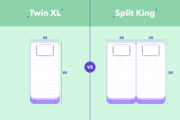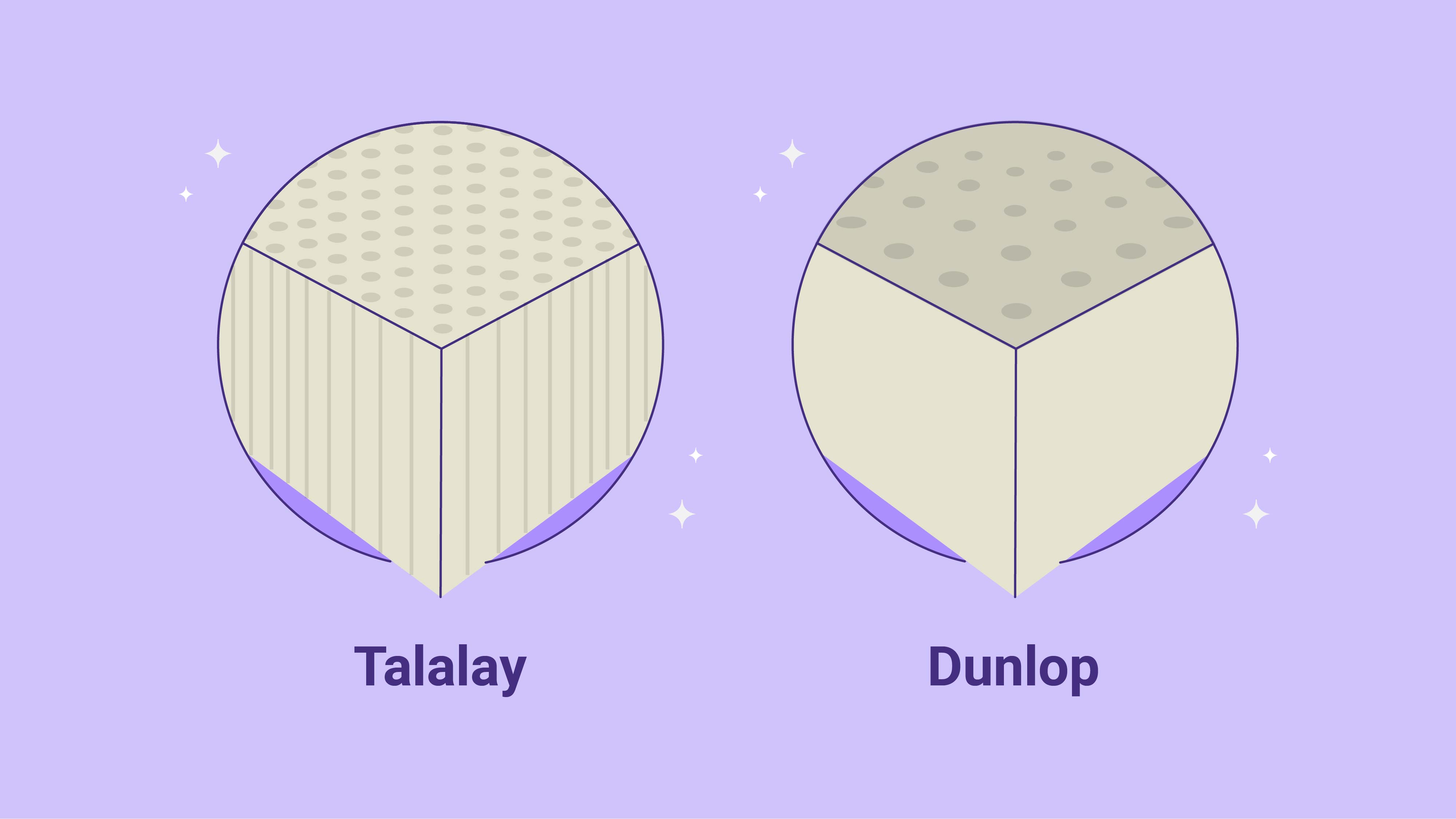
Talalay vs. Dunlop Latex Foam Mattress: What’s The Difference?

- Talalay latex is lighter and more breathable, providing superior pressure relief, while Dunlop latex is denser and more durable, making it suitable for long-term use.
- Talalay latex is costlier due to its intricate production process and lower durability, whereas Dunlop latex is more affordable and has a longer lifespan, making it a cost-effective and sustainable option.
- Organic Dunlop latex has fewer processing chemicals, making it hypoallergenic and suitable for individuals with chemical sensitivities, and it is more environmentally friendly, as it requires less energy during manufacturing and adheres to strict environmental regulations.
Natural latex is a fantastic mattress foam. It’s one of the most popular bedding choices out there today, and with good reason. It’s bouncy and cooling. It can fight off dust mites and wick away moisture. Best of all? It’s all-natural! However, many people might see the labels Dunlop or Talalay on a latex product and get confused.
You might be wondering what Dunlop or Talalay latex is:
- Is there a difference between the two? Is it a big difference?
- Does it affect the feel or durability of your mattress?
Below, we’ll answer all these questions and more. We’ll also talk about how to choose the right latex type for you.
Talalay Latex
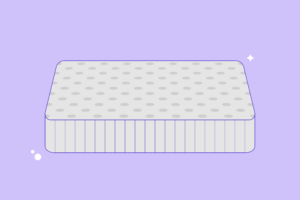 All latex comes from the liquid sap of the rubber tree. There’s no difference between the rubber tree sap used to make natural Talalay latex and natural Dunlop latex. The difference lies entirely in the manufacturing process. Talalay latex is the more expensive and energy-intensive of the two latex types.
All latex comes from the liquid sap of the rubber tree. There’s no difference between the rubber tree sap used to make natural Talalay latex and natural Dunlop latex. The difference lies entirely in the manufacturing process. Talalay latex is the more expensive and energy-intensive of the two latex types.
Talalay Process
The Talalay process has a few extra steps that the Dunlop process doesn’t. To start off, manufacturers whip sap into a frothy foam. They then pour this foam part of the way up a mold. This mold is then vacuum-sealed, allowing the latex to expand and fill the whole mold.
Once the latex has proofed, it’s flash-frozen to push carbon dioxide gas throughout the foam. Then, the whole thing goes into a vulcanization oven. After baking, the latex is washed, heat-dried, and prepped for shipping.
Talalay Feel
If you want a latex mattress that provides tons of pressure relief and breathability, Talalay latex is your friend. Talalay is a lighter, bouncier latex than Dunlop. It also has a more homogenous consistency throughout the foam.
The CO2 bubbles make Talalay less dense and more breathable than Dunlop. But they also make it less durable, meaning Talalay won’t last as long as Dunlop.
Talalay Cost
Talalay latex costs more to manufacture. That means it costs more to buy a Talalay foam mattress. The difference between Dunlop and Talalay’s prices is usually not significant. However, Talalay’s lower durability is another cost to consider.
The lower density of Talalay latex means you’ll have to replace a Talalay latex mattress more often. This can also increase the cost of this type of latex.
Dunlop Latex
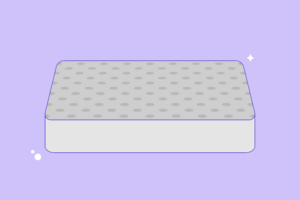 Dunlop latex is a lot easier to make than Talalay, meaning it’s a little better than Talalay in terms of sustainability and cost. A lot of the steps in the Dunlop process are similar to those in the Talalay process, but Dunlop omits a few steps.
Dunlop latex is a lot easier to make than Talalay, meaning it’s a little better than Talalay in terms of sustainability and cost. A lot of the steps in the Dunlop process are similar to those in the Talalay process, but Dunlop omits a few steps.
Dunlop Process
With Dunlop, there’s no flash-freezing or vacuum-sealing. Instead, the liquid latex is poured all the way up the mold. Then, the mold goes directly into the vulcanization oven. Once the Dunlop latex is vulcanized, it’s washed and dried just like Talalay. That’s it.
Dunlop Feel
If you want a latex mattress to last, go for Dunlop foam. The Dunlop process makes a denser and more durable latex that’s heavier at the bottom than the top. While Dunlop is not as light and breathable as Talalay, it’s still cooling and springy.
The fact that Dunlop is bottom-heavy makes it great in both support cores and comfort layers because the lighter top layer can still cushion pressure points and ease body aches. That means even if you choose Dunlop over Talalay, you’ll still enjoy a great night’s sleep.
Dunlop Cost
Dunlop is a little more affordable than Talalay for two reasons. First, it’s cheaper to manufacture, so it has a lower up-front cost. Second, it’s more durable than Talalay, meaning you won’t have to replace your mattress as often. Those who want natural latex for a reasonable price should consider Dunlop.
Organic Latex
All-natural latex does not equal an organic mattress. Latexes must meet strict requirements to call themselves organic.
Most of the time, latex mattresses demonstrate they’re organic by going through GOLS—the Global Organic Latex Standard.
GOLS sets strict requirements about toxicity, environmental impact, and ethicality. Manufacturers who want a GOLS certificate must demonstrate their latex is free of toxins and synthetic chemicals. They must also show they don’t exploit their workers or harm the environment around their farms or processing plants.
Be aware that just because a mattress has a GOLS logo doesn’t mean the whole mattress is GOLS certified. Latex hybrids only have latex foam comfort layers. That means a latex hybrid with a GOLS logo has a certified comfort layer but not an accredited support layer.
The only time a whole mattress can get a GOLS certification is if every layer is made of organic latex and the cover is made of GOTS-certified textiles.
For more information on the difference between organic and natural, see our organic vs natural mattresses guide.
Talalay Latex
GOLS does not deem Talalay latex pure enough for organic certification. That doesn’t mean Talalay latex isn’t natural or that it’s unsafe. It simply means that less than 95 percent of its composition is organic latex.
Don’t let that stop you from purchasing a Talalay mattress if that’s what you want. Natural Talalay is still low in petrochemicals and Volatile Organic Compounds (VOCs). That means it will still have less odor and off-gassing than most memory foam mattresses.
Dunlop Latex
Dunlop can be certified organic with GOLS both because its manufacturing process is more eco-friendly and because it contains fewer processing chemicals than Talalay. If you won’t settle for anything less than a GOLS-certified organic latex mattress, Dunlop foam is your only option.
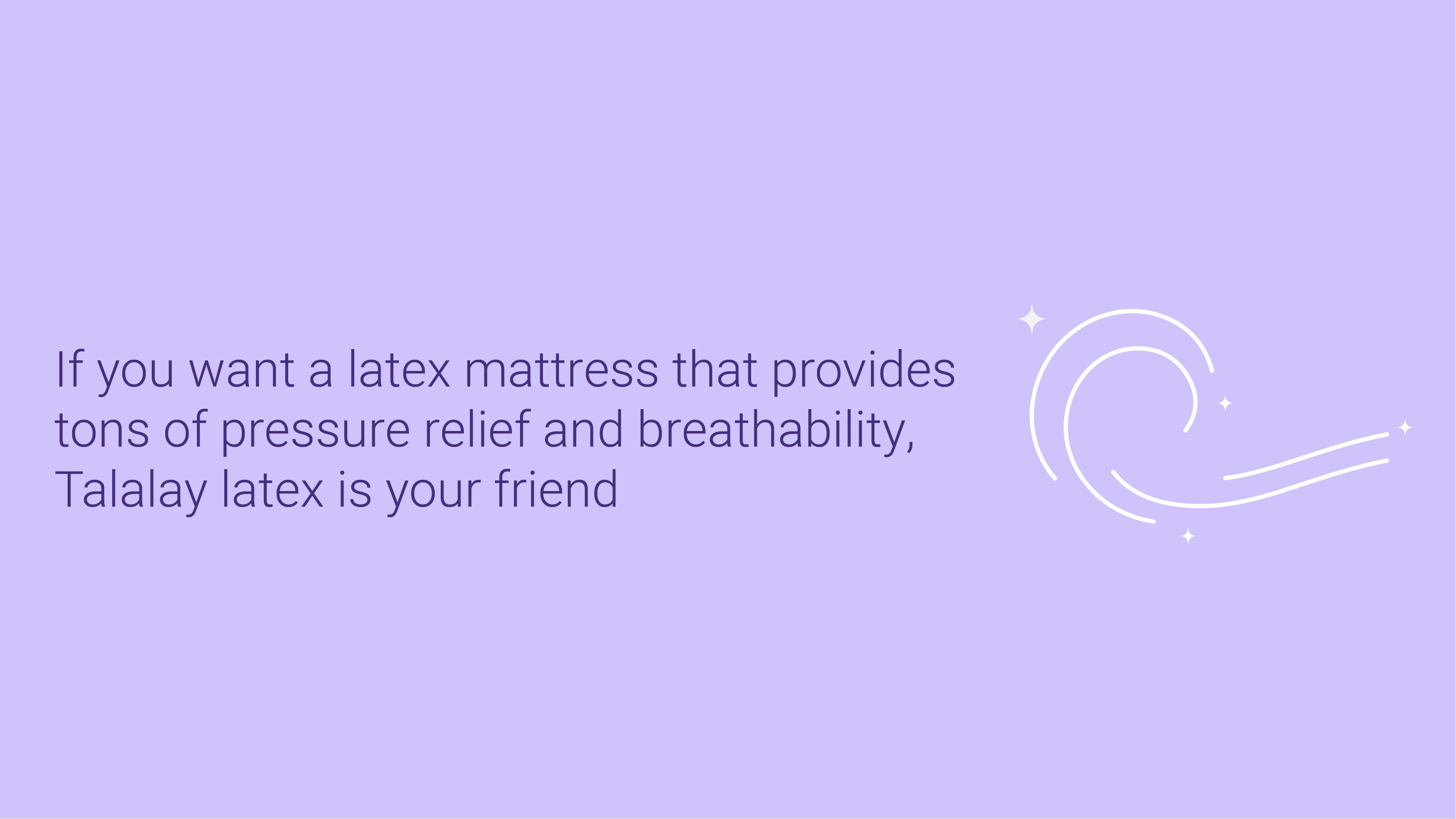
FAQs
Is Talalay latex hypoallergenic?
Talalay and Dunlop latex are both hypoallergenic mattresses. If you’re allergic to mold, dust, or pollen, Talalay might be your best option. It’s lighter and more breathable than Dunlop latex. That means it is better at resisting moisture buildup and fighting off dust and dust mites.
Talalay’s breathability doesn’t just help fight off mold growth. It also helps keep bacteria away. So if you have sensitivities to pollen, dust, or mold, a Talalay mattress might be for you. If you don’t want to buy a whole new mattress, even just Talalay pillows can help ease allergy symptoms.
How long will my natural latex mattress last?
Natural latex is commonly found in some of the most durable mattresses. It beats out memory foam, springs, and synthetic latex (Styrene-Butadiene Rubber or SBR). A Talalay latex mattress is not as durable as Dunlop, but it will still last 10 to 20 years. A natural Dunlop mattress can make it 20 to 25 years. Some Dunlop mattress owners have even made their beds last up to 40 years.
What’s the difference between latex and memory foam?
Latex and memory foam have totally different chemical compositions. Latex is made from processed rubber tree sap. Memory foam is a special type of polyurethane foam. That means it’s synthesized from petroleum products.
Memory foam and latex have different feels, advantages, and drawbacks. Memory foam is the most contouring mattress material. It can change its shape to fit yours, offering you customized support. However, memory foam tends to retain heat without gel additives or open-cell construction. It also is not as responsive as latex.
Latex is naturally cooling and responsive without additives. On the flip side, no latex-type contours as well as memory foam. Latex is a little stiffer and tends to keep its own shape instead of taking on yours. Still, when it comes to non memory foam mattresses, latex is one of the best materials you can find.
Is Dunlop latex hypoallergenic?
Dunlop is almost as good as Talalay latex at fighting allergens and moisture. One area where Dunlop latex beats Talalay is its chemical content. GOLS certified organic Dunlop latex has few to no processing chemicals. That means those who have sensitivities to harsh chemicals would do better with Dunlop latex.
One thing to watch out for with all-natural latexes is latex allergies. If you’re allergic to latex, it might fight off other allergens, but it could cause a reaction itself. Even with a mattress protector and sheets as a barrier, there’s still a risk of contact. That’s why it’s advisable for latex allergy sufferers to stick to memory foam.
How sustainable is latex foam?
If you’re looking for a sustainable bed, there’s not much that beats organic Dunlop latex. GOLS-certified latex foam has to follow strict rules about environmental impact. The rubber trees that provide the raw latex must be raised with environmentally friendly pest control methods and fertilizers.
GOLS also limits how much waste that manufacturers can produce and sets rules for how they dispose of this waste. Dunlop latex manufacturing also doesn’t use as much energy as Talalay or memory foam manufacturing. So its carbon footprint is smaller.
Bottom Line
Latex foam is a natural way to get a great night’s sleep. It’s low in chemical additives. It’s naturally cooling. And it’s delightfully bouncy. Maybe best of all, latex foam comes in all firmness levels. That means back, stomach, and side sleepers can enjoy all the benefits of a latex mattress.


